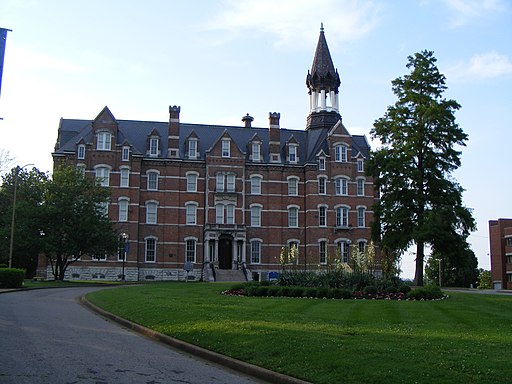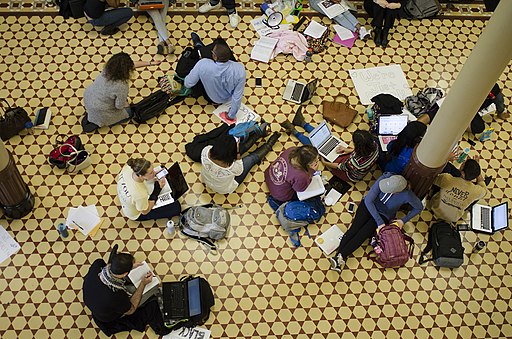The 25 Most Influential Campus Protests in History
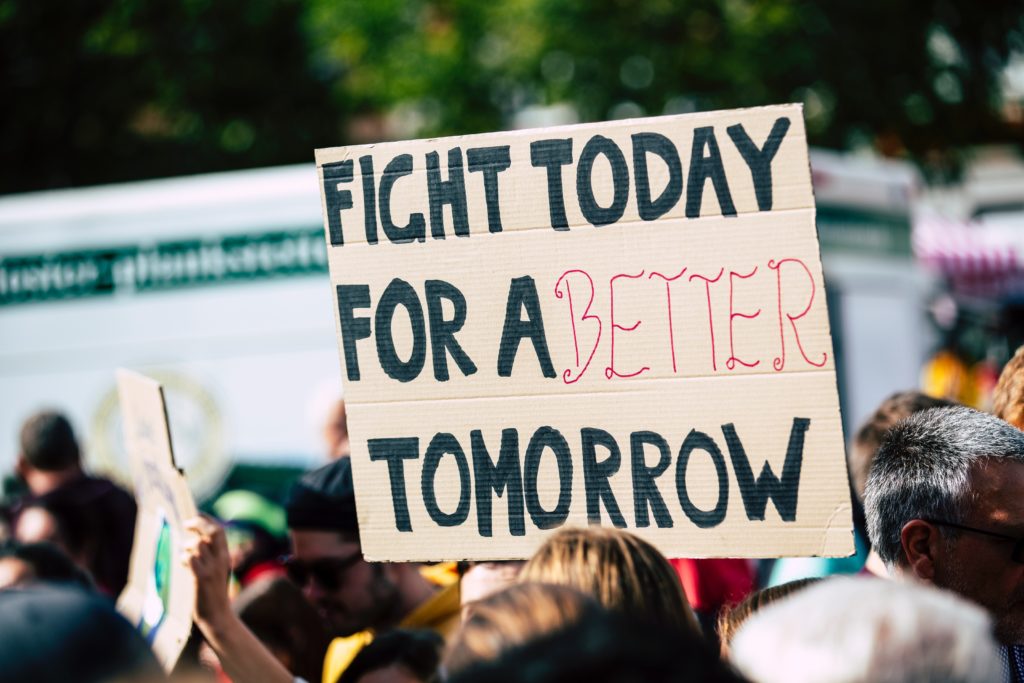
College campuses have been the birthplace of some of the most influential and transformative protests in modern history. Campus protests are an important way for students to voice their concerns and advocate for change. They can bring attention to social, political, and economic issues and push for reforms that can lead to progress and improvement for their school and beyond. Indeed, protests have played a significant role in bringing about social and political change throughout history.
In this article, we will explore 25 of the most influential college campus protests in the United States. From the Civil Rights Movement to the Anti-War Movement, college students have been at the forefront of social and political change, challenging the status quo and demanding justice. These protests have not only had an impact on college campuses but have reverberated throughout society, changing the course of history.
1925 | Fisk University – Protesting Jim Crow
Fisk University President Fayette McKenzie was the spark for this protest. He ruled his university in what many viewed as a dictatorial style. Furthermore, he catered to the racist ideology of prospective donors from the North. They offered $1 million endowment to the institution if the school enforced Jim Crow laws.
W.E.B. Du Bois, an alumnus, said, “I have never known an institution whose alumni are more bitter and disgusted with the present situation in this university.” As for those students, many sang, “Before I’ll be a slave, I’ll be buried in my grave.” In response to a clash between students and police and a resulting student strike, McKenzie resigned.
1934 | University of California, Los Angeles – Anti-establishment Protests
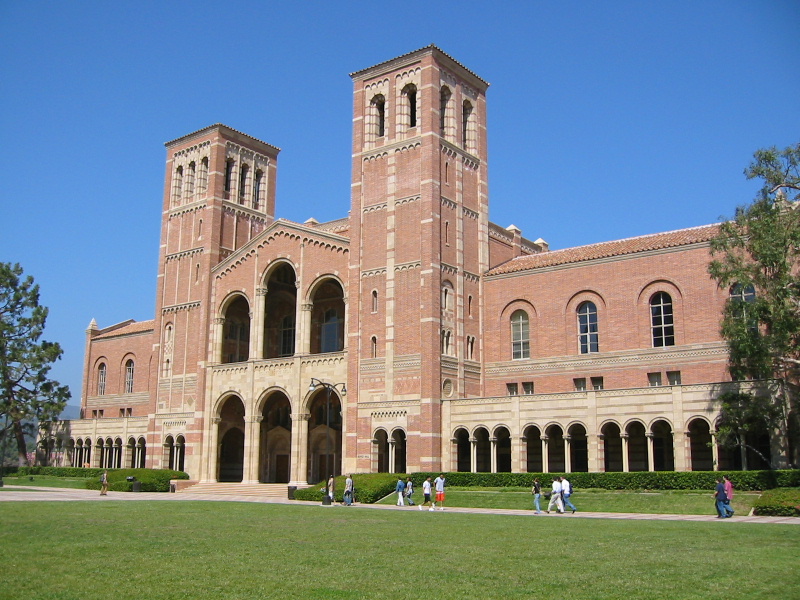
Photo Credit
What sparked UCLA’s anti-establishment protests was Provost Ernest Moore suspending five students, one of whom was the student body president, because they were judged to be sympathetic to the communist cause. He added that his institution was one of the country’s “worst hotbeds of communism.”
The rest of the student body was upset by this move. Thousands of them swarmed Royce Quad the next day and even tossed a police officer into some bushes before dispersing. Following numerous hearings and further protests, the school’s president, Robert Sproul, revoked those suspensions.
1960 | North Carolina A&T State University – Greensboro Sit-ins
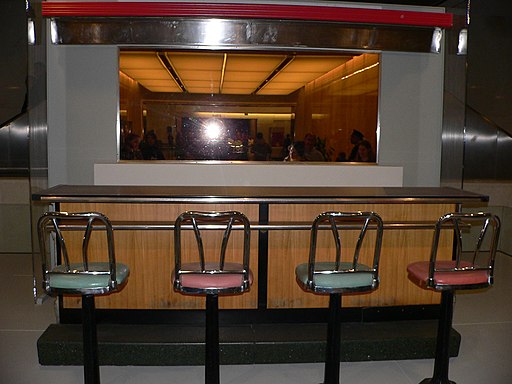
Although the Greensboro Sit-ins did not start on campus, they involved four courageous college students. Because of racist and oppressive Jim Crow laws, many establishments in the South had segregationist policies. At Greensboro’s Woolworth’s lunch counter, it was the policy not to serve black individuals. In 1960, four black students from North Carolina A&T State University vowed to change that by protesting these oppressive practices. Ezell Blair Jr., David Richmond, Franklin McCain, and Joseph McNeil decided to sit at the counter and refuse to leave until they were served. The Greensboro Four sparked the spread of this type of protest nationwide.
1960 | Spelman College – Atlanta Student Movement
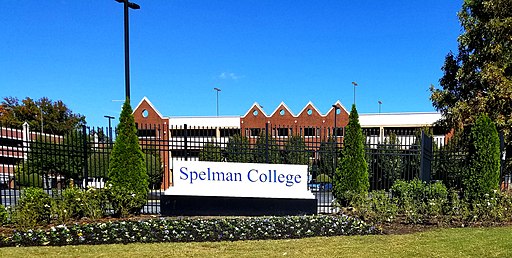
Inspired by the Greensboro sit-ins, Ruby Doris Smith and Gwen Isles invited students to join them in participating in sit-ins. This inspired students from other universities in the Atlanta area to take part in their own sit-ins. Of the more than 200 people who initially participated across 11 locations, 83 were arrested.
However, that was just part of the Atlanta Student Movement’s focus. Those involved in a variety of related campus protests in the coming months enjoyed some faculty support. This helped them achieve more success with their goals.
1964 | University of California, Berkeley – Free Speech
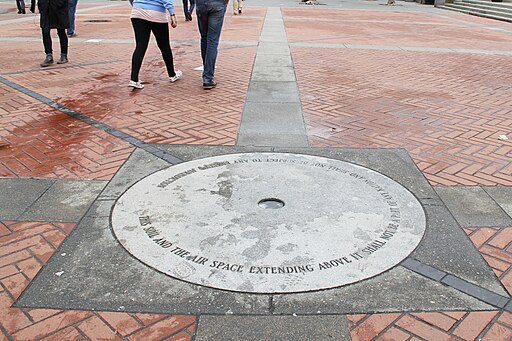
The Erica Chang, CC BY 3.0, via Wikimedia Commons
The Free Speech Movement campus protests at Cal actually started earlier in the 1960s. However, in 1964 the most pivotal moments occurred. At one point that year, Mario Savio, the group’s leader, was joined by hundreds of others who agreed with his views, and they marched to the school’s administration building. Most were angered by Cal recently declaring that no political activities could occur on campus.
Around 5,000 gathered in the same place later that year. Almost a third of that crowd entered that same building to participate in a sit-in. Support for them and their cause grew after the police violently removed them.
1965 | University of Michigan – “Teach-in” Protest
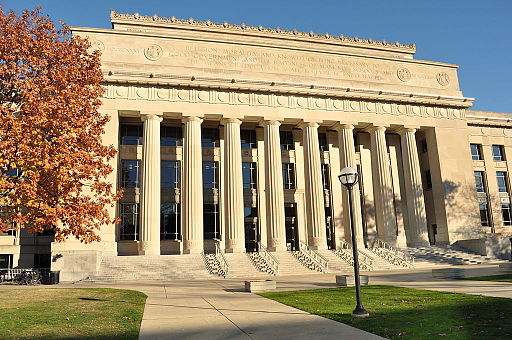
The initial plan for 58 University of Michigan professors who wanted to stop U.S. involvement in the Vietnam War was to go on strike. However, that idea transitioned to a “teach-in” as the latter option was much more positively received by university administrators. The first one started at 8 p.m. on March 24, 1965, and lasted until 8 a.m. the following morning. Around 3,000 people took part.
During this time, faculty members spoke, but so did other activists, including some who came from long distances. Those speeches involved various opinions being shared related to opposition to that war.
1968 | Howard University – Fight to be Heard
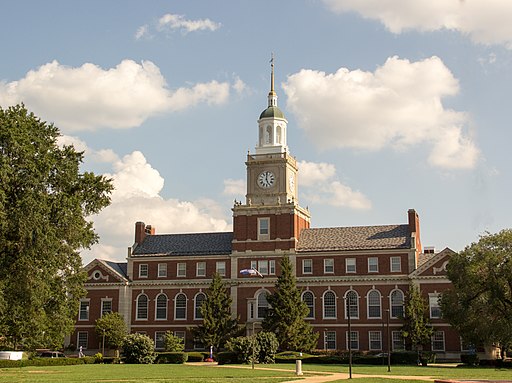
Derek E. Morton, CC BY-SA 4.0, via Wikimedia Commons
For four days in March 1968, 1,000 students occupied Howard University’s administration building, which resulted in the school shutting down. The intent was to engage in a sit-in in President James Nabrit’s office until, at a minimum, their demands were listened to. However, so many participated that much more than his office was involved.
Those demands included a greater focus on Black history and culture in the institution’s curriculum, dropping charges against those involved in a similar protest a few weeks earlier, and Nabrit’s resignation. The first two were met, and Nabrit retired the following year.
1968 | University of Georgia – March for Co-ed Equality
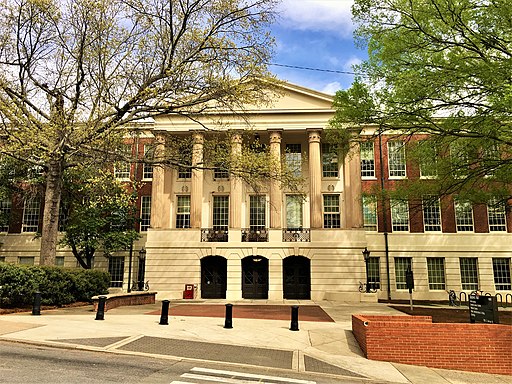
Coxonian, CC0, via Wikimedia Commons
Throughout history in the United States, there have been many cases of university rules that applied to women but did not apply to men. This was certainly the case at the University of Georgia. A few examples of unfair policies included women not being able to consume alcoholic beverages, women having to follow a curfew, and a requirement for women to live in on-campus residence halls beyond their freshman year.
In April 1968, female members of the local chapter of Students for a Democratic Society organized a march to advocate for equal rights for women. Commencing at the Creswell Hall parking lot, the march culminated in a sit-in at the Academic Building. Roughly 300 students, including 110 women, spent the night. However, the fire marshal deemed the occupation a potential fire hazard the following day, prompting the protesters to relocate their sit-in to an adjacent auditorium. The following year, the school held a women’s rights referendum and began changing sexist policies.
1968 | Columbia University – Gym Crow
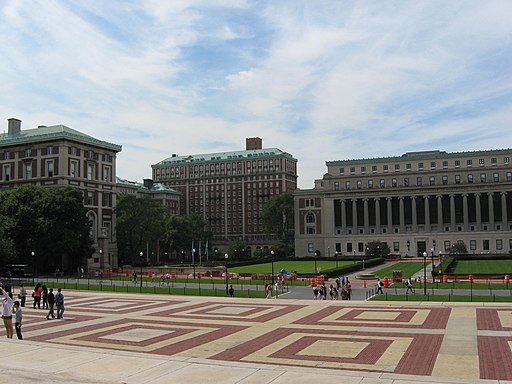
Situated on the western edge of Harlem, Columbia University began expanding the campus by buying property in the adjoining neighborhood. This expansion caused many residents, most of whom were black, to be evicted. As you might imagine, many community members met this expansion with resistance.
The most notable project was the proposed construction of a gym. The administration tried to sway the community members by promising shared access to the facility. However, the plan provided communal access to merely 12% of the gym. A specific aspect of the gym, which involved a separate entrance for the community at the structure’s base while Columbia students used the entrance at the top, garnered significant condemnation.
Protestors rallied in the center of campus before heading into the school’s administration building and stayed there for a week. Nearly 1,000 protestors gathered to speak out against “ivy imperialism.” Their efforts paid off. A year later, the university canceled its plans to build that gym.
1968 | San Francisco State University – Third World Liberation Front Strikes
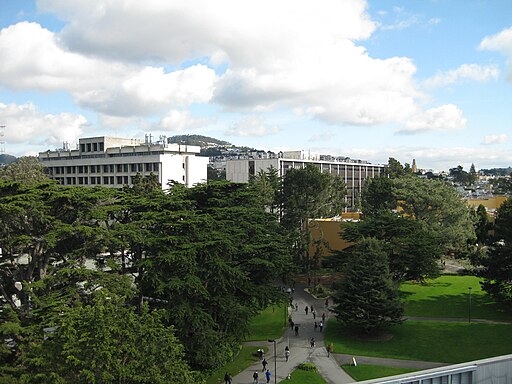
San Francisco was the epicenter of the American protest movement in the 1960s, and one of those protests occurred at the then-named San Francisco State College. This one lasted for months, from November 1968 to March 1969. Its focus was to put an end to the authoritarianism and racism that had existed at the school and increase the number of black students, and the teaching a more complete history.
The Third World Liberation Front was behind this campus protest. The group ended up being successful in many ways, one of which resulted in the development of the School of Ethnic Studies, now named the College of Ethnic Studies.
1969 | University of Wisconsin-Madison – 13 Non-negotiables
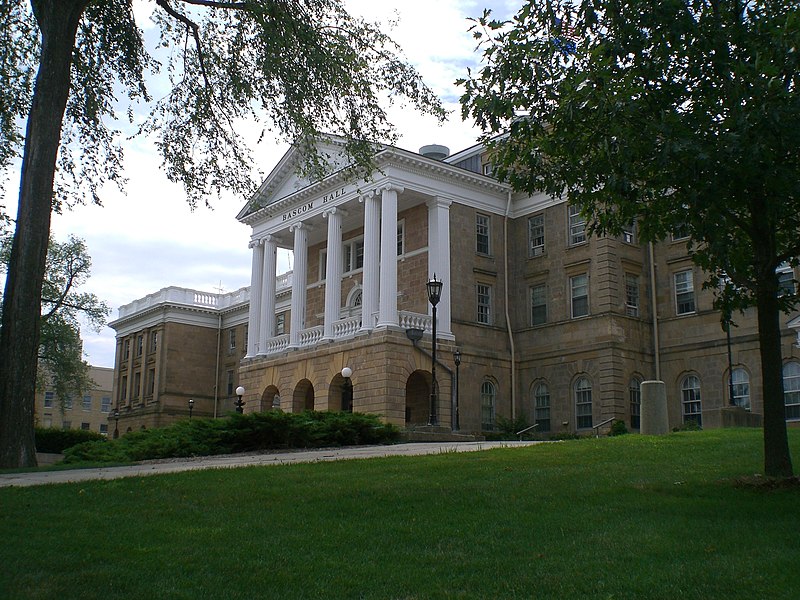
Photo Credit
Black students and allies at the University of Wisconsin were determined to go on strike until its administrators agreed to their 13 non-negotiables. They rose to protest racial inequality.
One of the most significant contributing factors occurred when 94 Black students at Wisconsin State College-Oshkosh were expelled from that institution after they had protested there. Another demand was the admission of any of those expelled individuals who wanted to attend school here.
Students occupied buildings, boycotted classes, and 10,000 marched to the Washington State Capitol. One of the results was the creation of what would eventually be known as African American Studies in 1970.
1969 | Duke University – Allen Building Takeover
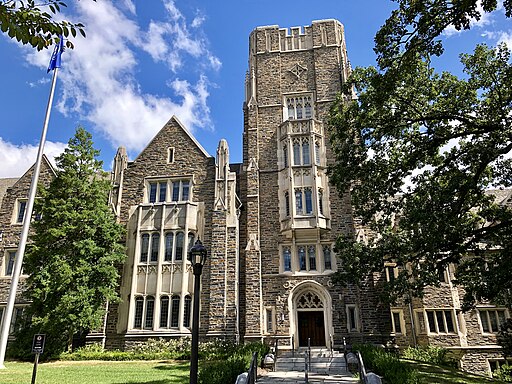
Warren LeMay from Cullowhee, NC, United States, CC0, via Wikimedia Commons
In February 13, 1969, a group of Duke University students seized control of the Allen Building, the university’s primary administrative structure. The group was comprised of mainly members of the Afro-American Society and estimated to be between 50 and 75. They wanted to draw attention to the demands of African-American students. These demands encompassed the establishment of an African-American studies department, a black student union, safeguarding against police mistreatment, and augmenting enrollment and financial assistance for black students.
As they remained in that building for much of the day, a mostly white group outside who supported their causes continued to grow. Those and its members would get into altercations with the police.
One of the results of this takeover was the creation of an Afro-American studies program.
1969 | Harvard University – Vietnam War Protest
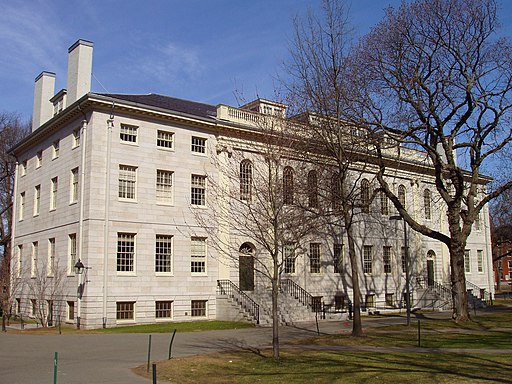
Daderot., CC BY-SA 3.0, via Wikimedia Commons
The University Hall occupation was one of several campus protests at Harvard from 1969-70.
First, hundreds of students went to Harvard President Nathan Pusey’s home. They demanded things such as student involvement with the design of the Afro-Americans studies program and the closing of the Reserve Officers’ Training Corps department. After those demands were rejected the next day, hundreds occupied University Hall while thousands supported outside. The morning after, hundreds were arrested, and dozens were injured in clashes with police.
As a result of this protest, ROTC was reduced to a regular extracurricular activity, and students were allowed to be involved with Afro-American studies faculty appointments.
1969 | Cornell University – Willard Straight Hall Takeover
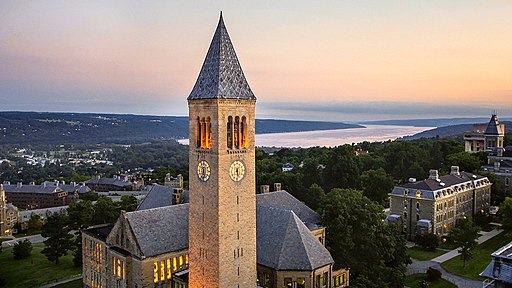
Willard Straight Hall was taken over by Afro-American Society members in the spring of 1969. Their intent was to stop the racism that they were experiencing and seeing on campus and spark the creation of a black studies program.
One element that made this different from many other campus protests on this list is that the protestors were armed. That development occurred after they were initially attacked by white students attempting to take control of the building away from them before being rebuffed. However, no gun violence took place.
Following negotiations, the protestors left, and change soon followed. The takeover is considered to have sparked significant alterations in social dynamics, governance, and ideology.
1970 | Kent State University – Protest Invasion of Cambodia
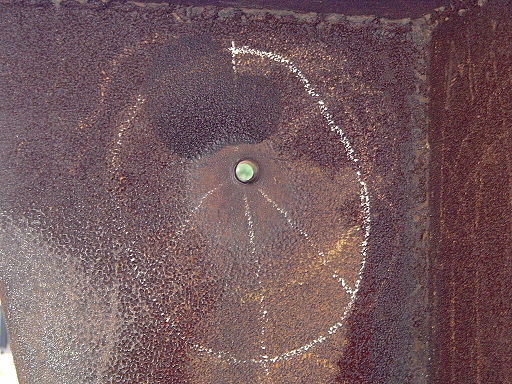
Of all the campus protests on this list, the one at Kent State in 1970 is the most known. In fact, a photo showing Mary Ann Vecchio distraught over Jeffrey Miller’s dead body is one of history’s most famous.
Like so many other campus protests around this time, the focus was on the ending of the Vietnam War. More specifically, it was protesting the expansion of it into Cambodia.
After days of tension, members of the Ohio National Guard retreated up a hill from a football field. On top of the hill, they fired about 65 shots, killing four and injuring nine.
1970 | Jackson State University – Vietnam War Protest
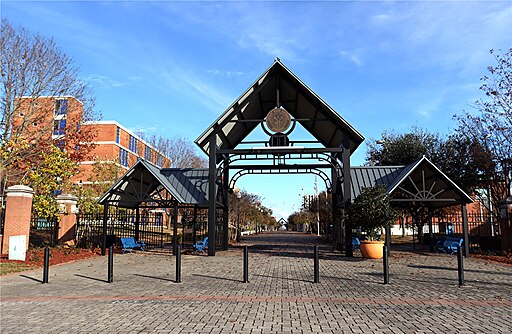
Just a week and a half after the killings at Kent State, more took place at Jackson State, although these did not receive similar recognition.
This protest was in response to the killings that happened at Kent just ten days earlier, as well as the expansion of the Vietnam War into Cambodia. Students were particularly angry about black Americans being sent to the front lines of the war when these same Americans did not enjoy equal rights with white Americans.
On the third night of this multi-day protest, officers discharged 460 shots into a crowd, killing two and injuring 12. The cause is unknown, and a formal public apology did not come until 2021.
1972 | University of South Florida – Take Back the Night
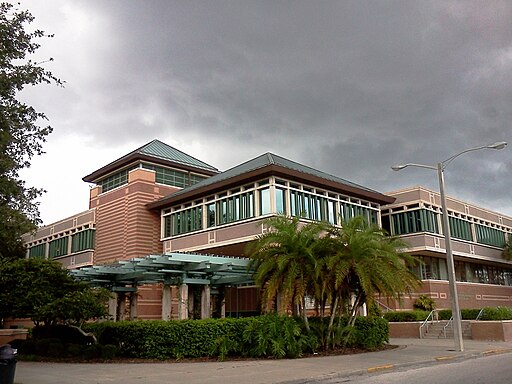
Jescholz2, CC BY-SA 4.0, via Wikimedia Commons
Take Back the Night is an organization devoted to safe environments in the evenings, focusing on bringing attention to and reducing violence against women.
It is unknown exactly when Take Back the Night events started, but this one at the University of South Florida is either the first or one of the first. At this time, women wore black capes and carried witches’ brooms as they marched through the USF campus. They demanded safe environments for women and the resources necessary to make that happen.
Another noteworthy one took place in Philadelphia three years later, after Susan Alexander Speeth was murdered there while walking alone at night.
1988 | Gallaudet University – Deaf President Now
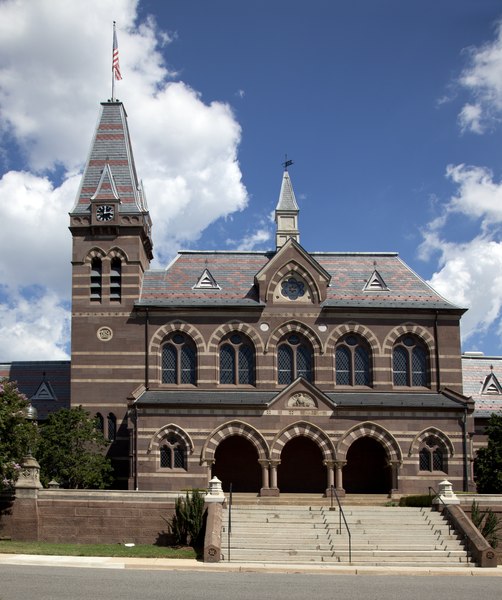
Carol M. Highsmith , Public domain, via Wikimedia Commons
Gallaudet University is a school for deaf and hard-of-hearing individuals. However, despite it being founded in 1864, it had never had a deaf president. By 1988, the Gallaudet community had gotten so frustrated by this and related issues, such as a lack of members from the Deaf community amongst the Gallaudet faculty, that it embarked on its Deaf President Now protest.
It was successful as the four demands that were made were all granted, the most significant one being the appointment of a deaf president in I. King Jordan.
1996 | University of Virginia – Day of Silence
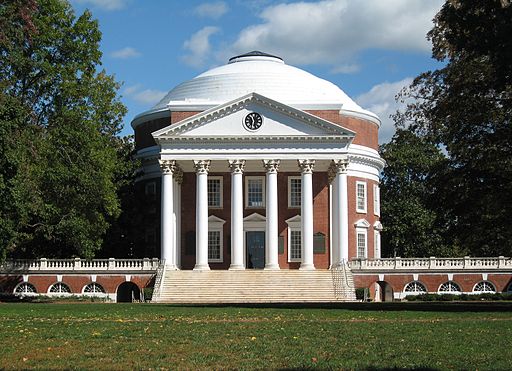
Aaron Josephson; cropped by Ibn Battuta, Public domain, via Wikimedia Commons
Day of Silence is a literal silent protest held on a Friday every April. During it, students take a vow of silence to bring awareness to the harassment and bullying that LGBTQ individuals continue to endure.
The first one was in 1996. UVA students Jessie Gilliam and Maria Pulzetti arranged it, the latter saying that she wanted to make it more visible than panel discussions and similar events likely would be, especially since those gatherings tend to attract those who already know about the issue. Just a year later, around 100 colleges were taking part.
2011 | University of California – Davis – Occupy UC Davis
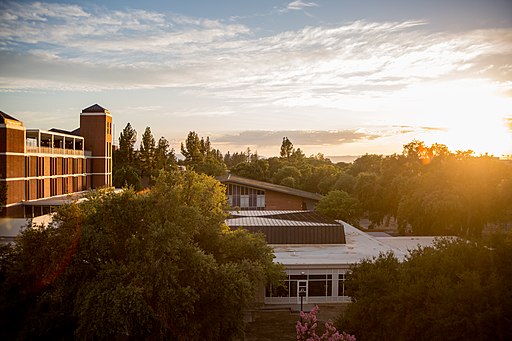
Borawik, CC BY-SA 4.0, via Wikimedia Commons
Occupy Wall Street, which took place in September-November 2011, was sparked by protestors upset at how the economic system is run in the United States and worldwide. During this time and several months following, similar protests occurred elsewhere, including one at UC Davis.
What made the UCD especially noteworthy was its pepper spray incident. After sitting protestors blocked UCD police officers from leaving the area, John Pike, one of those officers, pepper-sprayed several of them, injuring 11. This act was especially egregious because he used the pepper spray from a much shorter distance than the recommended 6 feet.
2014 – Saint Louis University – #OccupySLU
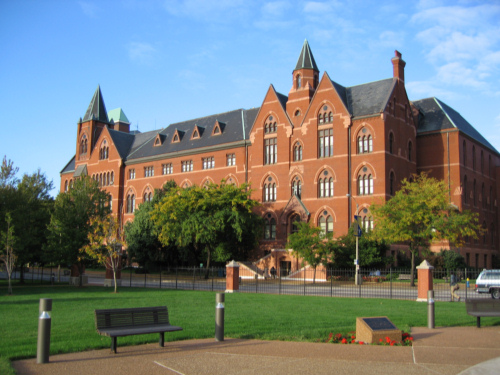
en:User:Wilson Delgado, Public domain, via Wikimedia Commons
#OccupySLU was this university’s Occupy protest. It lasted six days and featured mass gatherings at the Joseph G. Lipic Clock Tower Plaza. However, it was not focused on financial inequality. Its focuses were the shootings of VonDerrit Myers Jr., whose father had long been a member of the SLU community, and Michael Brown. Police officers killed both young men.
After that peaceful protest, the school adopted the Clock Tower Accords. The documents aim to stand in proximity and solidarity with the marginalized by increasing diversity, equity, and accessibility.
2015 | University of Missouri – Concerned Student 1950
Numerous protests occurred on the University of Missouri campus from 2015-16. One of the focal points was the creation and leadership of Concerned Student 1950, a student group; 1950 was the initial year black students were admitted to the school.
Leading up to that point was the first month of protests. The initial one of those was Racism Lives Here, which brought more light to racism taking place at the school.
One of the results of Concerned Student 1950’s push throughout these months of campus protests was the University of Missouri System President Tim Rolfe’s resignation.
2015 | Claremont McKenna College – Protesting “The CMC Mold”
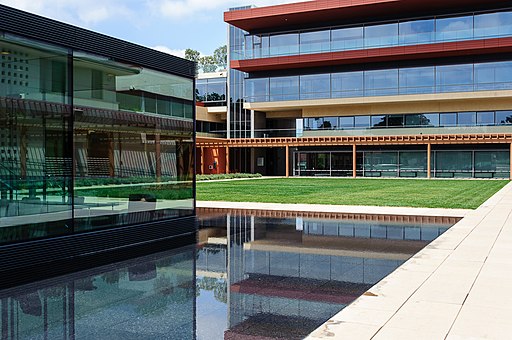
Craig Stanfill, CC BY-SA 2.0, via Wikimedia Commons
On October 23, 2015, Lisette Espinosa wrote an opinion piece in The Student Life, CMCs school newspaper. In it, she spoke about how minority and low-income individuals often felt unwelcome there. Mary Spellman, the college’s dean of students, replied to Espinosa, saying that work was being done to better serve CMC’s students, “especially those who don’t fit our CMC mold.”
The last two words of that quoted portion upset Espinosa and so many others and helped stress Espinosa’s point. Students rose up to fight for equality, inclusion, and true belonging for all students. After protests and hunger strikes took place, Spellman resigned, and the school started focusing more on diversity and inclusion.
2015 | Yale University – Racial Insensitivity
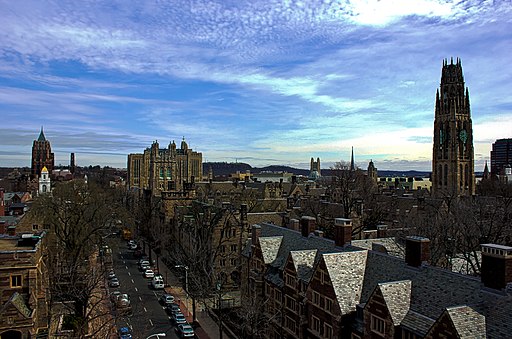
The spark for these protests was the subject of Halloween costumes. Administrators sent a letter encouraging students to be “safe and thoughtful” by steering clear of outfits that included Native American headdresses, turbans, and blackface.
In response to the letter, a college master from Yale named Erika Christakis pushed back. She asked why students should not be allowed to be “a little bit inappropriate or provocative or, yes, offensive.”
Students protested because of the faculty member’s lack of cultural sensitivity, empathy, and support. Many co-signed an open letter that said, “We are not asking to be coddled… [We] simply ask that our existences not be invalidated on campus.”
Yale President Peter Salovey responded promptly by standing in solidarity with the students. As a result, Yale invested $50 million in increasing faculty diversity. Christakis soon left the school.
2016 | Syracuse University and ESF – Sanctuary Campus
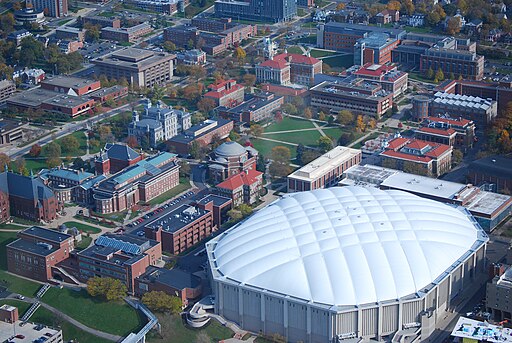
Syracuse University and the State University of New York College of Environmental Science and Forestry are located adjacent to each other. These two institutions were the sites of protests related to sanctuary campuses. These protests were in response to then-President Donald Trump’s announced plans to deport undocumented immigrants and stop the Deferred Action for Childhood Arrivals program. The DACA program allowed undocumented immigrants who entered the United States as children to enroll in colleges, among other things.
Though many college students around the country staged walkouts, this was one of the largest. Nearly 1000 students from these campuses walked out of classes shortly before Thanksgiving break. Syracuse Chancellor Kent Syverud pledged his support for DACA the following day.

